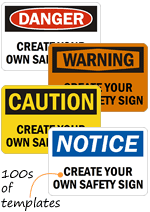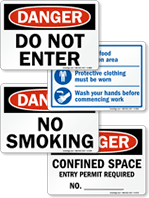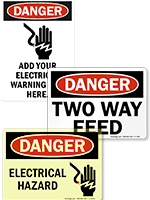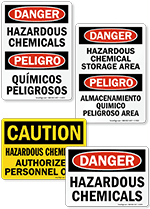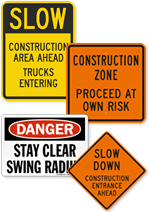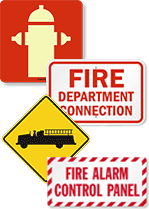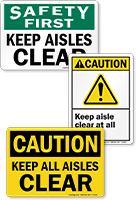Benzene is a highly toxic and hazardous substance. Some professionals, such as firefighters, refinery workers, rubber workers, shoemakers, painters, printers, and gas station employees, are especially susceptible to this high-risk chemical. Workplace benzene exposure can lead to illness, high medical bills, and missed work.

What is Benzene?
The Centers For Disease Control and Prevention (CDC) describes Benzene as a hazardous chemical (C6 H6) that is a colorless or light yellow liquid at room temperature. It ranks Benzene among the top 20 chemicals used in the United States. The Department of Health and Human Services (DHHS) has connected long-time exposure to benzene with ‘cancer.’ Short-term but high-level exposure to benzene can cause drowsiness, dizziness, unconsciousness, and even death.
How are workers exposed to Benzene?
Workers can be exposed to Benzene (mixed in air or water) from a number of sources like:
- - Tobacco smoke, gas stations, motor vehicle exhaust, and industrial emissions.
- - Glues, paints, furniture wax, thinners, inks, adhesives, coatings, rubbers, and detergents.
- - Hazardous waste sites with products containing benzene.
- - Leaching from landfills.
- - Underground storage tanks leaking or spilling petroleum.
- - Industries that make, use, or discharge benzene.
What are the OSHA regulations on benzene exposure?
Benzene hazards and requirements are addressed in specific OSHA standards for general industry, maritime, and construction.
The main OSHA requirement (in its standard 1910.1028) for workplaces is that no employee must be exposed to an airborne concentration of Benzene more than one part of benzene per million parts of air (1 ppm) averaged over a normal 8-h workday or a 40-h workweek. The short-term exposure limit of benzene is set at 5 ppm for 15 minutes, and employers must establish "regulated areas” if this limit is surpassed. When working at potentially higher exposure levels, OSHA requires employers to provide personal protective equipment such as respirators.
What are the OSHA requirements for facilities using/handling Benzene?
Benzene regulations in the U.S. have been the subject of extensive litigation and research for decades. But the following requirements have been a part of OSHA Benzene standard for years now -
- - Benzene exposure monitoring and notification of monitoring results
- - Establishment and implementation of a written program to reduce employee exposure, with engineering and work practice controls
- - Providing respiratory protection, protective clothing, and equipment
- - Medical surveillance, recordkeeping
- - Regularly scheduled medical examinations
What Personal Protective Equipment (PPE) is required to prevent or minimize Benzene exposure?
PPE can significantly reduce Benzene exposure - proper training to wear and handle PPE is required. The following PPE helps prevent exposure to Benzene -
When engineering controls or work practice controls are not feasible, employers must provide MSHA and NIOSH-approved respirators. If benzene exposure is limited (less than 30 days a year), respirators may be enough. Employees experiencing difficulty breathing in a respirator may request a positive pressure respirator.
Boots, gloves, sleeves, aprons, etc. must be provided to employees working with liquid benzene to cover up any part of the body that can be exposed.
- - Eye and Face Protection.
Employees must wear splash-proof safety goggles and a face shield to prevent accidental benzene liquid splash.
What are the sign requirements in Benzene facilities?
According to OSHA Standard 1910.1028(j)(2) that extensively covers benzene -
The employer shall post signs at entrances to regulated areas. The Benzene Warning Signs shall bear the following legend:
DANGER
BENZENE
MAY CAUSE CANCER
HIGHLY FLAMMABLE LIQUID AND VAPOR DO NOT SMOKE
WEAR RESPIRATORY PROTECTION IN THIS AREA
AUTHORIZED PERSONNEL ONLY
The employer is also responsible for labels or other appropriate forms of warning on containers of benzene within the workplace. Benzene labels must contain the following information -
- Product identifier - Benzene
- Signal word - Danger (as the exposure is associated with Death)
- Hazard statement(s) - Cancer; central nervous system effects; blood effects; aspiration; skin, eye, and respiratory tract irritation; and flammability.
- Pictogram(s);
- Precautionary statement(s);
- Name, address, and telephone number of the chemical manufacturer, importer, or other responsible parties.
Are there any federal requirements for labeling Benzene products?
Yes, the Consumer Product Safety Commission (CPSC) considers any product containing 5% or more by weight of benzene to be hazardous, requiring special labeling specified in 16 C.F.R. 1500.14. The labeling should have -
- - Signal word - Danger
- - Hazard statement - Vapor harmful
- - Additional word - Poison
- - Pictogram - Skull and crossbones symbol.
- - Additional statement if the product contains 10% or more by weight of benzene - “Harmful or fatal if swallowed” and “Call physician immediately.”
The US Food and Drug Administration (FDA) also sets a limit of 5 ppb (parts per billion) for benzene concentrations in bottled water.

